Sewer Line Backup Prevention: How to Avoid Costly Damage
A sewer line backup can cause extensive damage and pose a health hazard to your property. To prevent such incidents, it’s important to understand the causes, warning signs, and preventive measures associated with sewer line backups. In this article, we will explore various aspects of sewer line backup prevention to help you avoid costly damages.
Causes of Sewer Line Backups
Sewer line backups can occur due to various reasons. Some common causes include:
- Blocked or Clogged Pipes: Accumulation of debris, grease, and other materials can lead to blockages in sewer pipes.
- Tree Roots: Tree roots can infiltrate sewer lines and cause clogs and damage.
- Pipe Failures: Aging or deteriorating pipes can collapse or develop cracks, leading to backups.
Warning Signs of a Sewer Backup
Recognizing the warning signs of a sewer backup can help you take preventive measures and avoid extensive damage. Common signs of a sewer backup include:
- Multiple Drains Backing Up: If multiple drains in your property are backing up simultaneously, it may indicate a sewer line issue.
- Gurgling Noises: Unusual gurgling noises coming from drains or toilets could be a sign of a sewer backup.
- Sewage Odor: A foul smell of sewage in your property is a strong indicator of a sewer line problem.
- Slow Draining: Noticeably slow draining in sinks, showers, or toilets may suggest a partial blockage in the sewer line.
- Water Backing Up in Fixtures: Water backing up in toilets or other fixtures when using plumbing appliances indicates a potential sewer backup.
Preventive Measures for Sewer Backup
Implementing preventive measures can help reduce the risk of sewer line backups. Here are some steps you can take:
- Dispose of Waste Properly: Avoid flushing anything other than toilet paper down the toilet and dispose of grease and food waste in appropriate containers.
- Regular Maintenance: Schedule regular sewer line inspections and cleanings to identify and address potential issues before they escalate.
- Tree Root Management: If you have trees near your sewer lines, consider professional tree root management techniques to prevent root infiltrations.
- Sump Pump Maintenance: Ensure your sump pump is functioning properly and consider installing a backup battery system in case of power outages.
What To Do When Your Sewer Backs Up
If you experience a sewer backup despite taking preventive measures, it’s essential to act promptly to minimize damage. Here are the steps you should take:
- Contact a Professional Service: Call a reputable sewer backup restoration company, such as Service Water Restoration Pros, at (949) 209-1582 to assess the situation and provide expert assistance.
- Take Safety Precautions: Avoid contact with sewage water and contaminated surfaces to prevent health risks. Wear protective gear, if necessary.
- Document the Damage: Take photos or videos of the affected areas and document any damages for insurance purposes.
- Remove Water and Clean: Use pumps or wet vacuums to remove standing water, and disinfect and clean the affected surfaces thoroughly.
- Repair and Restore: Repair any damaged pipes or fixtures and restore your property with the help of professionals.
Frequently Asked Questions (FAQs)
What should I do when my sewer backs up?
How can I prevent sewer backups?
By following proper preventive measures and recognizing the warning signs of a sewer backup, you can significantly reduce the risk of costly damage and disruption to your property. If you experience a sewer backup, don’t hesitate to reach out to a professional restoration company like Service Water Restoration Pros for immediate assistance.
For more information about sewer backup prevention and related services, visit Service Water Restoration Pros.



